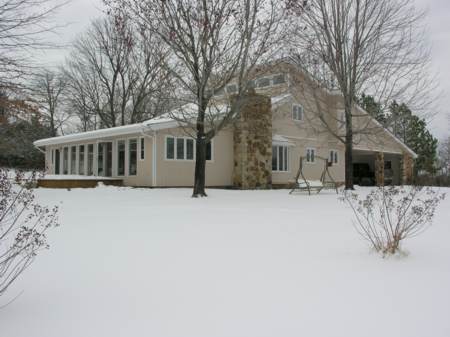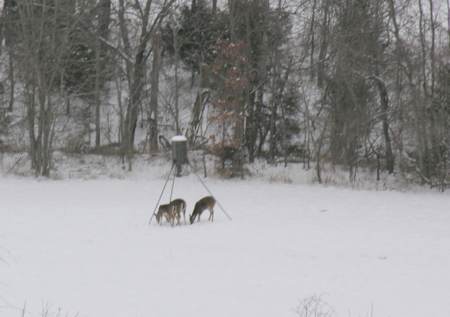We recently experienced the fourth fire that encroached upon our property in the last four years. Now I have no objection to the use of fire as a tool for forest management. In fact, the Arkansas Forestry Commission (AFC) has been slated to conduct a prescribed burn on the very mountain area that just burned. We had planned to burn about 40 acres this spring, and another 40 acres annually thereafter. The Forestry Commission aircraft that was sent aloft during this fire estimated about 50 acres had been consumed, so the fire incident shouldn’t have bothered me, should it? Well, it bothered me quite a bit.
The reason I am bothered is that there is a big difference between a controlled burn, and a deliberately set wild fire. The prescribed burn that I arranged with the AFC was originally mapped out with my local AFC forester back in February 2005. It was supposed to be done sometime in the spring of 2005, but because of our dry conditions, it was postponed until this spring. When the AFC does a controlled burn, they begin by bulldozing a fire break around the intended burn area. Men and equipment are then placed in strategic areas to monitor and contain the burn to the specified area. The burn will only be conducted when humidity, moisture, wind and other factors are conducive to create a controlled fire.
So what has been happening to cause so many fires to encroach upon my land? Is it just bad luck, or is someone out to get us? Is there an arsonist running around? Yes – and not just one, but many “mini-arsonists”. These are not arsonists in the traditional sense of the word, i.e. these people are not running around setting fires for the twisted pleasure of seeing flames and destruction. These are people who deliberately set fires for a purpose, which might be to clear land of brush, improve forest and wildlife habitat, or control tick and other pest populations. In other words, for the same reasons that I want to conduct controlled burns on my property. So what makes me different than the arsonists? I am utilizing the services of the AFC. As I mentioned previously, they perform prescribed burns in a carefully controlled manner, when prevailing conditions are suitable for a safe burn. Men and equipment are at the ready should conditions change, and they are well coordinated with all the other area fire agencies.
But this comes at a price to the landowner. The AFC charges $18.00 per acre ($250 minimum) to conduct a burn. I have not checked with private companies, but I suspect that the AFC is the cheapest way to have a controlled burn conducted in a responsible manner. But if you do not wish to pay for the cost of doing this properly, what are you to do? The answer seems to be to set a deliberate wildfire (meaning an uncontrolled fire) on the land you want burned off. Now, these people are inconsiderate, but they are not stupid! They wait until the wind blows in a direction that guarantees that their structures will not be in the path of the flames, and they set their fire. But because neighbors report any unusual smoke to the authorities quickly, and because the authorities respond to these fires quickly, if the “arsonist” wants to successfully burn all his land, he must choose a day with strong driving winds, which will ensure that his land will all burn off before the local fire department can quell the blaze.
So the net result of all of this is that the landowner who chooses to burn in this manner will select the weather conditions that will suit his objectives – low humidity, dry ground, and strong sustained winds. All the ingredients that make for a nightmare scenario for his neighbors who might happen to be in the “line of fire”. In a fire incident we had 2 years ago on the north portion of our property, a fire was re-ignited four separate times. Each time the AFC crew put out the blaze, the “arsonist” would restart it. The rangers ended up hiding out after extinguishing the fire the third time. They actually saw the forth relighting of the fire occurring, but could not catch the perpetrator. And although they felt certain of who this was, without definite proof, they were prevented from taking any action aside from a verbal warning to the party involved.
It is unfortunate that this is occurring – hopefully these practices will abate in the future, but until then, the best strategy will be for me to keep a very well maintained “fire defensible zone” around all of my structures. And get angry each time it happens!





